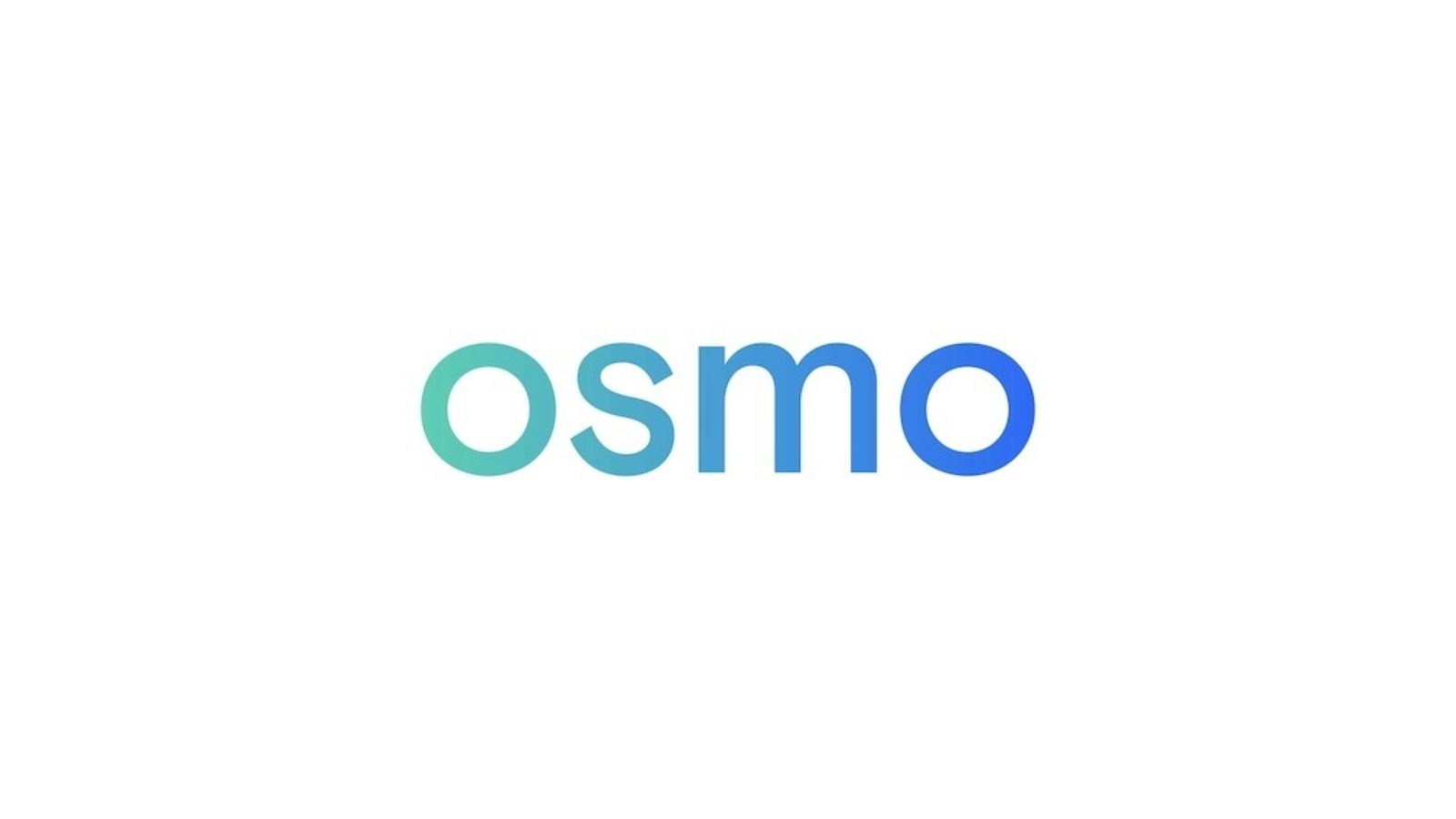Clustering is a common unsupervised learning technique used in data mining and machine learning. It involves grouping a set of data points in a way that points in the same group (cluster) are more similar to each other than to those in other clusters. Clustering algorithms come in different types, such as hierarchical clustering, k-means clustering, density-based clustering, and mean-shift clustering.
What is Mean Shift Clustering Algorithm?
Mean Shift is a non-parametric clustering algorithm that works by identifying dense regions in the data space. It is a centroid-based algorithm that iteratively shifts the centroids of clusters towards the maximum density of the data points until convergence. The algorithm doesn’t require prior knowledge of the number of clusters and works well for data with arbitrary shapes and sizes.
Working of Mean Shift Algorithm
The Mean Shift algorithm starts by randomly selecting a data point as a centroid and defining a window around it. The window’s size determines the search space for other data points within a given radius. The algorithm then computes the mean shift vector, which is the difference between the centroid’s current position and the mean position of all data points in the window. The centroid is then shifted towards the mean position, and the process is repeated until convergence, i.e., when the centroid doesn’t move anymore.
Advantages of Mean Shift Algorithm
The Mean Shift algorithm has several advantages, such as:
- It can handle arbitrary data shapes and sizes.
- It doesn’t require prior knowledge of the number of clusters.
- It doesn’t make assumptions about the distribution of data points.
- It can work well with noisy data.
How to Implement Mean Shift Clustering Algorithm
To implement the Mean Shift algorithm, we need to follow these steps:
Step-by-Step Implementation of Mean Shift Algorithm
- Preprocess data – Remove any noise or irrelevant data, standardize the data if needed, and choose an appropriate bandwidth.
- Select a random data point as a centroid and define a window around it.
- Compute the mean shift vector, which is the difference between the centroid’s current position and the mean position of all data points in the window.
- Shift the centroid towards the mean position.
- Repeat steps 3-4 until convergence.
Preprocessing Data
Before applying the Mean Shift algorithm, it is crucial to preprocess the data by removing any noise or irrelevant data. The data should also be standardized if necessary to ensure that all variables have the same scale. The choice of bandwidth, which determines the size of the window, is also important in Mean Shift clustering. It should be neither too small nor too large, and the optimal value can be found using cross-validation techniques.
Applying Mean Shift Algorithm
We can apply the Mean Shift algorithm using Python’s Scikit-learn library, which provides an implementation of Mean Shift clustering. Here’s an example code to cluster the iris dataset into two clusters:
from sklearn.cluster import MeanShift
from sklearn.datasets import load_iris
iris = load_iris()
X
ms = MeanShift(bandwidth=1)
ms.fit(X)
labels = ms.labels_
The resulting labels variable contains the cluster labels for each data point. We can visualize the clustering using a scatter plot and color-coding the points according to their labels.
Application of Mean Shift Clustering Algorithm
The Mean Shift algorithm has various applications, such as:
Image Segmentation
Image segmentation is the process of partitioning an image into multiple segments (regions) based on similarity criteria. Mean Shift clustering can be used for image segmentation, where pixels with similar color or texture are grouped together.
Object Tracking
Mean Shift can be used for object tracking in videos or images. It can track an object by finding its centroid in each frame and shifting it towards the maximum density of the pixels in the next frame.
Clustering in Social Networks
Mean Shift clustering can be used for clustering users in social networks based on their interests or behavior. For example, we can cluster users who have similar interests in music, movies, or books.
Limitations of Mean Shift Clustering Algorithm
Although Mean Shift has several advantages, it also has some limitations, such as:
- It is computationally expensive, especially for large datasets.
- It is sensitive to the choice of bandwidth, which affects the cluster sizes and shapes.
- It may converge to local optima instead of the global optimum.
Conclusion
Mean Shift clustering is a powerful algorithm that can be used for clustering data with arbitrary shapes and sizes. It works by identifying dense regions in the data space and shifting the centroids towards the maximum density. Mean Shift has several advantages, such as not requiring prior knowledge of the number of clusters and handling noisy data. However, it also has some limitations, such as being computationally expensive and sensitive to the choice of bandwidth. Mean Shift can be used for various applications, such as image segmentation, object tracking, and clustering in social networks.







Leave a Reply